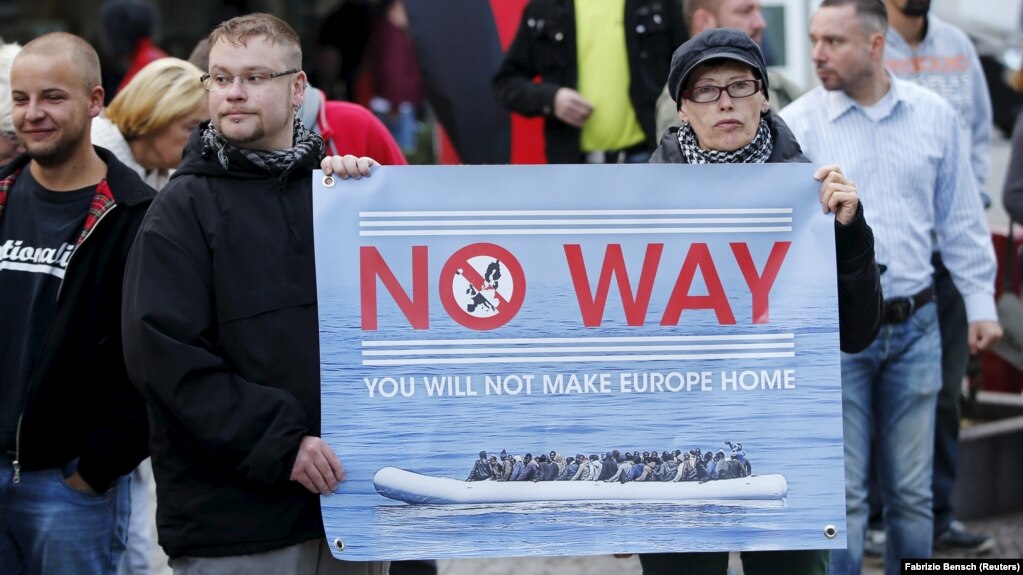If they are invisible and no one knows about them, how will they ever get any aid?
They're The Invisible Ones: Refugees Who Aren't Officially Refugees

JASON BEAUBIEN
FacebookTwitterInstagram
The image of refugees crammed in a boat crossing the Mediterranean was one of the iconic pictures of 2015. Some 13 million people were tallied as refugees last year by the United Nations High Commissioner for Refugees, fleeing violence or disaster in their home countries.
But another 27.8 million people were displaced from their homes in 2015: 8.6 million because of armed conflicts and another 19.2 million due to natural disasters.
But they're not counted in the refugee numbers. That's because they stayed in their in own country, so they aren't officially categorized as refugees.
Continue reading at:
They're The Invisible Ones: Refugees Who Aren't Officially Refugees?
They're The Invisible Ones: Refugees Who Aren't Officially Refugees

JASON BEAUBIEN
FacebookTwitterInstagram
The image of refugees crammed in a boat crossing the Mediterranean was one of the iconic pictures of 2015. Some 13 million people were tallied as refugees last year by the United Nations High Commissioner for Refugees, fleeing violence or disaster in their home countries.
But another 27.8 million people were displaced from their homes in 2015: 8.6 million because of armed conflicts and another 19.2 million due to natural disasters.
But they're not counted in the refugee numbers. That's because they stayed in their in own country, so they aren't officially categorized as refugees.
Continue reading at:
They're The Invisible Ones: Refugees Who Aren't Officially Refugees?





